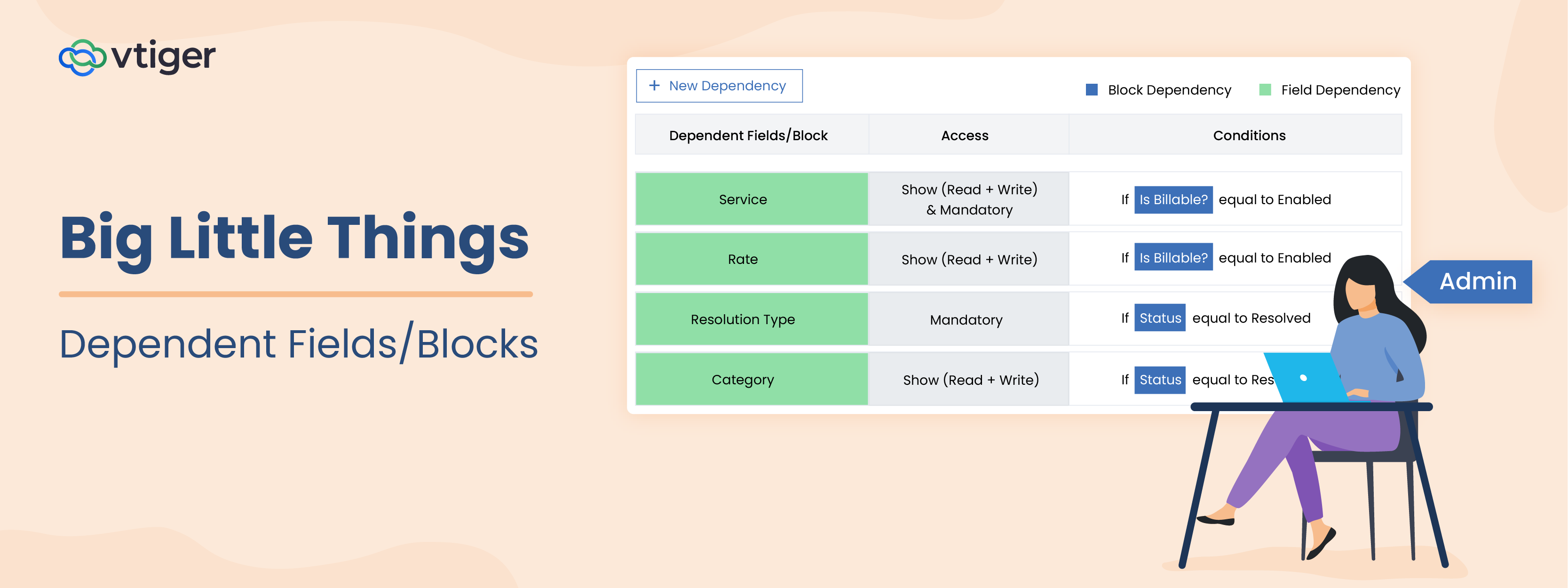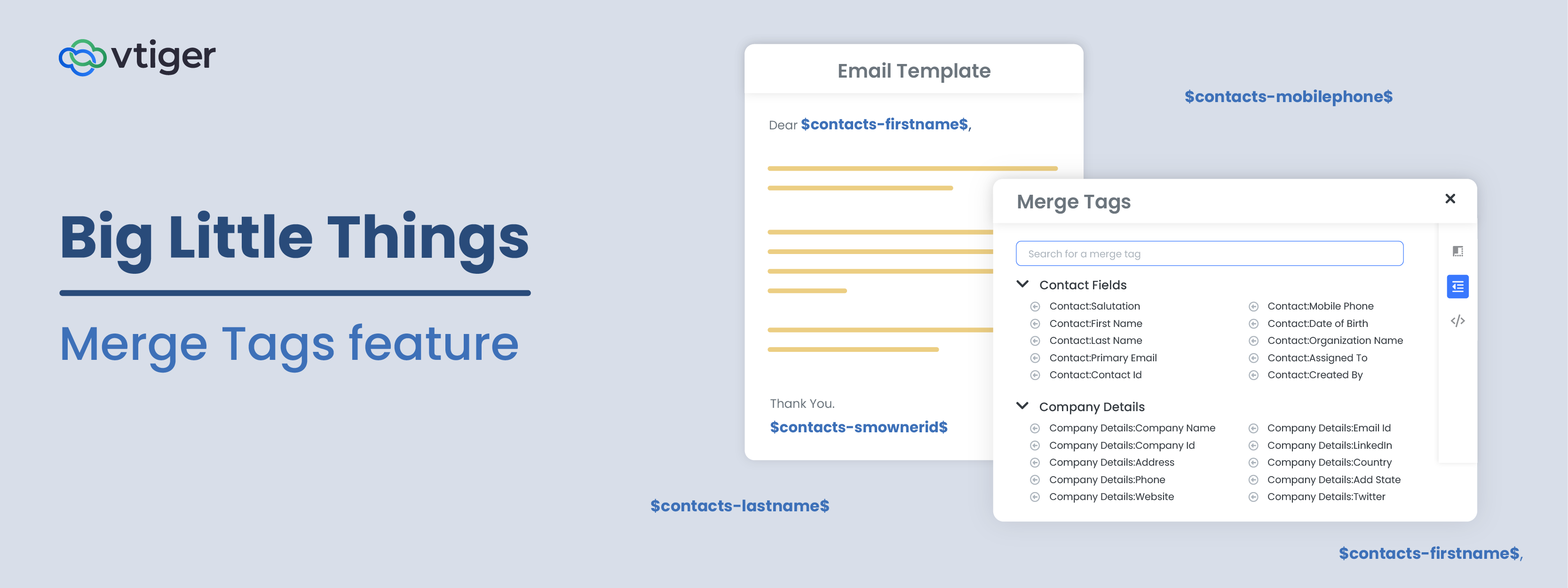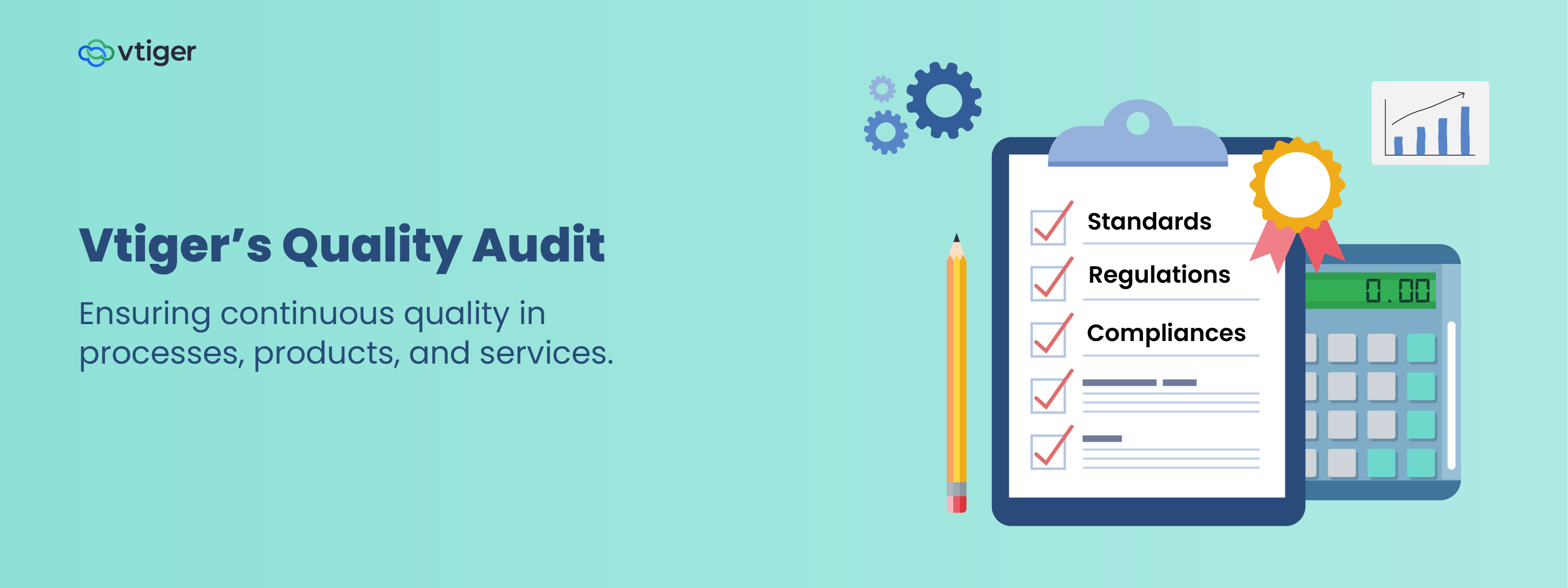When it comes to using email for marketing and sales in 2016, most small businesses keep it far too simple. The most common use of email that we encounter looks something like this:

It involves a [email protected] email address listed on the company website, and a few salespeople to receive emails, answer questions, and engage primed deals. Everything thereafter, from assigning follow-ups, to nurturing contacts, to logging emails (if it happens at all) is done manually – a time-consuming and far from perfect process. If this were the early 2000’s when Hotmail or Yahoo style clients dominated email that might have been the best (and only) way to work. Today, however, sticking to such a primitive use of email means you’re probably leaving a lot of money on the table, which leaks out of your marketing and sales funnel in the form of relevant but uneducated leads, poorly engaged customers, and wasted sales rep time.
These days, the best software for managing contacts and email will leak-proof your funnel automatically, without anyone lifting a finger. Take how we use email here at Vtiger for example. When a website visitor signs up for a free trial of our software, Vtiger automatically creates them a contact record, starts a drip campaign to teach them how to use our products and services, and notifies our sales team. Those drip emails nurture the lead into a sales-ready state, and many of them reach out to us at [email protected] as a result. When our sales team gets their email, Vtiger automatically displays the contact’s CRM record, which reveals their campaign engagement, conversation history, and all other information that our sales team can use to converse with them more meaningfully. It’s optimizations like these that create some of the greatest value in our marketing and sales funnel.
Those improvements are a fraction of the email tools available to help optimize a marketing and sales funnel. If hearing about them makes you wonder if your funnel can improve, but you’re not sure, then explore if any of the following apply to you:
- Less than half of your total organic leads contact you through your [email protected] address
- It takes more than 30 seconds to internally communicate which rep owns a new email conversation or deal
- Fewer than half of the leads who’ve emailed you first, reply back to your email
- Researching a customer’s history takes more than a minute
- Some of a customer’s emails are missing from their customer record
- Aligning schedules for a meeting or demo takes more than one email
- After an email conversation, logging emails takes more than 30 seconds
If any of the above do apply, then the right software can probably do something to engage your leads better and make your team more productive. In the sections ahead, we’ll walk through each stage of how customers engage with your email channel, outline what improving it will do for your sales organization, and show you exactly what you can do to improve it. In short, instead of the above funnel, it might look something like this:.

First up, improvements to your email pipeline improve your sales performance in 4 ways. Each method below will be tagged with those that apply.
+ leads + lead conversion rate + time saved + deal close rate
Stage 1: Acquiring a lead
Create a [email protected] address + leads
Most people have one already, but if you don’t yet, then it needs to be said: get a [email protected] email address and use it everywhere you put your company’s contact info – on your website, in your PR, in ads. The benefits are numerous. The recognized format makes reaching out easy for potential leads. Your asles team can scale as large as you need it, without changing what address you show customers. And, you can reliably measure lead outreach, deal conversion rates, and more – all critical to running an effective sales team. Last but not least, a [email protected] address is fundamental to many recommendations made below.
Use email-gated content on your website + leads + lead conversion rate
When visitors arrive at your website you, they’re often shopping for a solution to some problem and are in “absorption mode” – seeking as much information as possible to educate their potential future purchasing decision. By providing high quality content gated behind a form (like an email series, white paper, or free trial), you can obtain lead information that isn’t yet ready to talk to sales and would otherwise exit your website unnoticed. Because creating these resources is usually a one-time investment spread out across the number of leads it brings in, its ROI per hour spent is usually much higher than a few hours spent on most other marketing and sales activities.
With Vtiger, setting up email-gated content to help you capture new contacts takes just a few easy steps. You start by creating a webpage with your content offer and add a Vtiger webform to automatically create a contact in Vtiger whenever it’s filled out. Next, you’d set up an autoresponder campaign that emails all new contacts created by the webform with the content that you promised to share – whether a single document, or a series of emails. Once that’s set up, you watch the leads roll in.
Stage 2: Nurturing a lead to a sales-ready state
Use drip email campaigns + lead conversion rate + deal close rate
An email arrives from a new lead, and that lead could be in a range of states of readiness to purchase – from the ideal lead that’s educated on your products and needs to buy a solution now, to someone who knows very little about what you offer and is just gathering information for a potential future purchase. It’s easy to sell to the former, but the latter needs a lot of nurturing before they’re ready to buy. Drip campaigns are ideal for bridging that difference. Like gated content, they’re dispatched whenever you receive a new lead from your website or in a sales introduction. Unlike gated content that exists to bring in the lead, their purpose is to continuously educate leads, keep you top of mind, and with enough nurturing, hopefully give them a reason to reach out and engage with sales.
In your drip campaigns, it’s often ideal to answer a few questions over the course of several emails
- What problems do people typically have, that you solve?
- How do you solve those problems and what does the solution enable them to do
- What are some real examples of your solution in action?
- How are your solutions better than your competitors’?
Vtiger’s autoresponders are again the solution here. They can be configured to send a series of emails on a periodic basis (ex: 1, 5, 10, 15 days after lead created) to new leads that come from any source you tell it to look for. That way if you have wildly different types of leads, you can create separate forms for each, and target them with completely different drip campaigns.
Stage 3: Assigning a lead conversation to a sales rep
Use a task & assignment based inbox + lead conversion rate + time saved
An email arrives at your company sales inbox. The process of coordinating with your team about who should follow up can be time consuming and range from a sales manager assigning a conversation to a rep, to salespeople deciding among themselves who should follow up. Whatever the method, if it’s done in your run-of-the-mill email inbox, the process is manual, time consuming, and lacks transparency to other team members. And while internally coordinating, the lead’s attention span quickly fades. Multiply that process by every lead you receive, and it becomes an efficiency gap worth closing.
Using a task-based email solution means that an email can be assigned to a sales rep (or self-assigned) instantly. The assignee, and entire team instantly know who owns the conversation without needing to coordinate manually. This leads to faster follow-ups, fewer mistakes when following up (like emails from multiple people on a sales team) and thus longer customer attention spans.

Vtiger’s Sales Inbox works exactly like that. Email conversations can be assigned to sales reps in a single click, ensuring that a response can be dispatched while you’re still top-of-mind for the lead. Because the assigned owner is clearly visible on a conversation, everyone stays focused and on-point.
Stage 4: Writing the reply
Use CRM software with email integration + lead conversion rate + time saved
When you’re composing a reply to a lead’s email, your ability to elicit a response is a function of how well you communicate in a context that’s relevant to them. Whether it’s just referencing a past conversation, or conveying the value of a product or feature, your recall is paramount. Among the best ways to have perfect recall is with CRM software that automatically captures conversations and information about your contacts as they engage with your company, and presents it to you in a way that’s easy to digest and use in future engagements.

Vtiger’s contact records show you a 360-degree relationship history of contacts, conversations, and other information that helps your sales teams get up to speed faster and nurture deals more effectively. Records are just 1-click away from any email conversation whether you’re working in Vtiger’s task based Sales Inbox, or in Gmail with Vtiger’s Gmail plugin.
Stage 5: Scheduling the appointment
Use appointment scheduling software + lead conversion rate + time saved
So you’ve had a great conversation with a prospect, conveyed the value of your solution, and now they’d like to schedule a demo or a phone call. That would usually take them emailing you a specific time, you checking your calendar and emailing back a confirmation or an alternate time, and a series of back-and-forths to confirm – a real time sink if you ask us. All the while, precious but unused time available in your next 12-hours wastes away because people avoid wasting time on the real chances of hearing “I’m booked”.
There’s a better way. With appointment scheduling software you simply include a link to your calendar in your signature, or in the body of your email. Prospects can click into it, see what time you have available, and book time on your calendar. You’re notified, and the rest is history. This saves time and increases the chances of you meeting while your solutions are top of mind.

Vtiger’s Appointment Pages do just that. When you share your appointment page URL in an email (or your signature!) your recipient may pick an available time on your calendar. Appointment Pages automatically blocks out any times that you’re marked as being busy on your calendar, including other appointments, internal meetings, holidays, and it even respects your work schedule. This skips the back-and-forths and often gets you earlier appointments than most people would suggest.
Stage 6: Logging email conversation
Use CRM software with email integration + time saved
After replying to an email from a new contact, if you don’t already use a CRM solution it can be a time-consuming process to add the contact to your contact book, and log the email conversation. Even if you do use a CRM solution, depending on which one you use, logging email can be a laborious process. The best solutions today automate that work away. They create contact records and attach any current and future incoming and outgoing email.
You guessed it – Vtiger is one of those solutions. If you’ve set up Vtiger’s Sales Inbox, you’ll find that when you receive new email, contacts are automatically created and emails attached without you lifting a finger. And even if you don’t use Vtiger’s sales inbox, you can always forward your email to Vtiger’s aptly named Mailroom, which will automatically do the same thing – creating contact records, and organizing conversations under them.
The cumulative impact of implementing all of the above tools is a more effective and efficient sales funnel and team – achieved without lifting a finger to maintain it. You’ll acquire more leads, nurture more of them to sales readiness, reach out faster, reply better, and log customer histories for future review entirely automatically.
If you have any questions about anything you’ve read, or if you’d like to learn how to implement any of the above to re-energize your marketing and sales funnel, send us an email at [email protected] or [email protected].



